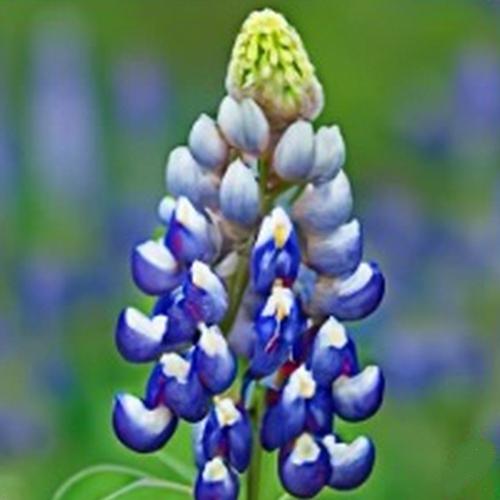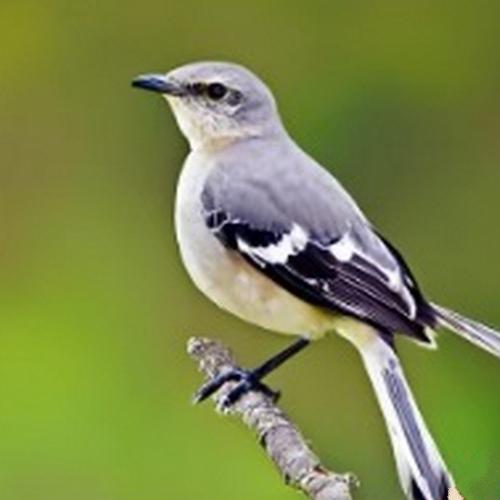Origin and Name
The origin and name of the State Flower of Texas, the Bluebonnet, tell a captivating story of Texas's rich history. The Bluebonnet's scientific name, Lupinus texensis, pays homage to the state itself. The name "Bluebonnet" is believed to have been inspired by the flower's shape, resembling a sunbonnet or bonnet worn by early pioneer women. These iconic blue wildflowers are native to Texas and have been flourishing there for centuries, serving as a symbol of the state's natural beauty and resilience. The Bluebonnet's heritage is deeply intertwined with the Lone Star State's identity, making it a cherished and enduring emblem.
Bluebonnets in Native American Folklore
In Native American folklore, Bluebonnets hold a special place as symbols of resilience and renewal. Legends often speak of these vibrant wildflowers as gifts from the spirits, carrying the promise of a fresh start. Some tribes believed that the blue petals represented the endless skies, while others saw them as a reminder of unity and harmony within their communities. These stories highlight the deep connection between indigenous cultures and the natural world, showcasing how even the simplest of wildflowers can carry profound meaning and cultural significance.



